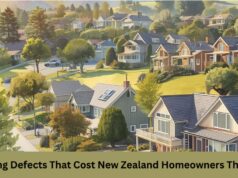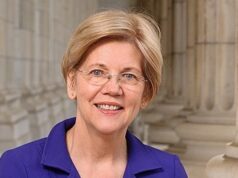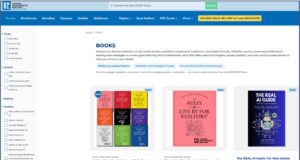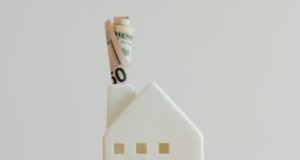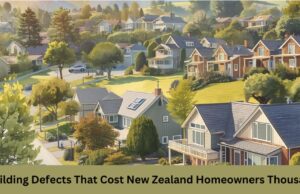“Neighborhoods Go Green! Scaling up Sustainability” features LEED for Neighborhood Development projects; currently on exhibit at AIA’s Washington, DC headquarters
Washington, DC – March 15, 2011 – (RealEstateRama) — Today, the U.S. Green Building Council’s (USGBC) “Neighborhoods Go Green! Scaling up Sustainability” exhibit opened in Washington, DC. The exhibit uses LEED for Neighborhood Development, the first comprehensive benchmark for green neighborhood design, as a framework to explore the key elements of a sustainable community. Co-curated by USGBC, the Chicago Architecture Foundation (CAF) and Farr Associates, “Neighborhoods Go Green!” is on display at the Washington, DC headquarters of the American Institute of Architects (AIA).
“’Neighborhoods Go Green!’ celebrates the projects around the world that are helping transform our neighborhoods into walkable, sustainable and economically thriving communities,” said Rick Fedrizzi, President, CEO & Founding Chair, USGBC. “The exhibit highlights the link between the importance of sustainability and the places where we all live and work.”
LEED for Neighborhood Development, launched in 2010, integrates the principles of smart growth, new urbanism and green building, while benefitting communities by reducing urban sprawl, increasing transportation choices and decreasing automobile dependence, encouraging healthy living, and protecting threatened species. One hundred projects have completed at least one stage of certification in the pilot program and about 75 projects have registered under the recently launched program.
Featuring text, photographs, and illustrations representing the features of a model green neighborhood, the exhibit showcases successful local and national LEED-certified projects, including Twinbrook Station in Rockville, Md., and Renaissance Place at Grand in St. Louis, Mo. Unique to the DC exhibit is the Region Challenge, designed to encourage dialogue amongst local stakeholders and potentially initiate neighborhood-specific policy.
The inaugural exhibit opened last November at the Chicago Architecture Foundation in conjunction with USGBC’s Greenbuild International Conference & Expo, and will continue to tour the U.S. following its stop in the District. To learn more about the exhibit, on display until April 21, 2011, visit www.usgbc.org/ngg U.S. Green Building Council
The U.S. Green Building Council is committed to a prosperous and sustainable future for our nation through cost-efficient and energy-saving green buildings.
With a community comprising 79 local affiliates, 16,000 member companies and organizations, and more than 162,000 LEED Professional Credential holders, USGBC is the driving force of an industry that is projected to contribute $554 billion to the U.S. gross domestic product from 2009-2013. USGBC leads a diverse constituency of builders and environmentalists, corporations and nonprofit organizations, elected officials and concerned citizens, and teachers and students.
Buildings in the United States are responsible for 39% of CO2 emissions, 40% of energy consumption, 13% water consumption and 15% of GDP per year, making green building a source of significant economic and environmental opportunity. Greater building efficiency can meet 85% of future U.S. demand for energy, and a national commitment to green building has the potential to generate 2.5 million American jobs.
LEED
The U.S. Green Building Council’s LEED green building certification system is the foremost program for the design, construction, operation and maintenance of green buildings. More than 40,000 projects are currently participating in the commercial and institutional LEED rating systems, comprising more than 7.9 billion square feet of construction space in all 50 states and 117 countries. In addition, more than 10,000 homes have been certified under the LEED for Homes rating system, with nearly 45,000 more homes registered.
By using less energy, LEED-certified buildings save money for families, businesses and taxpayers; reduce greenhouse gas emissions; and contribute to a healthier environment for residents, workers and the larger community. For more information, visit www.usgbc.org.
Contact:
Ashley Katz
Communications Manager, USGBC
202.742.3738
Follow us on Twitter at @USGBC


